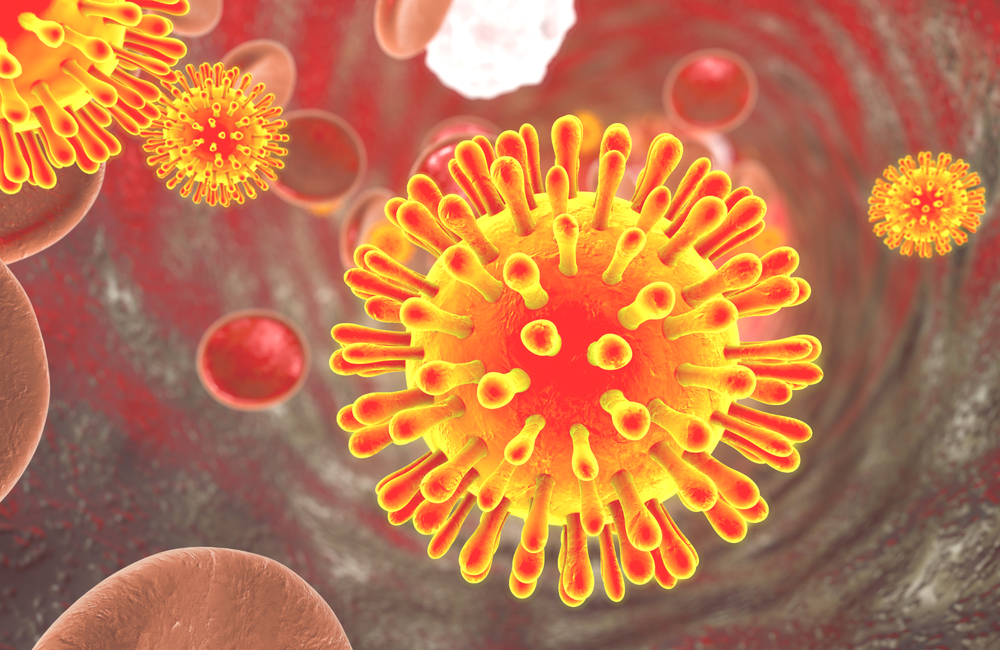
Key points
- HIV-1 is divided into four groups, of which group M is the most prevalent.
- Subtype C, which belongs to group M accounts for almost half of all HIV-1 infections globally, with the highest concentration in southern Africa and India.
- The subtypes and groups are spread in various proportions across different world regions.
- Knowledge of the diversity of subtypes is important in the development of vaccines, testing and monitoring of drug resistance.
There are two major types of the virus: HIV-1 and HIV-2. HIV-1, which traces its origins from the area around the Congo Basin in Africa, is the most prevalent strain globally. It is responsible for about 95% of all HIV infections.
HIV-2 is mostly found in west Africa, though it also affects a small number of people in Europe, India and the United States. HIV-2 is less infectious and takes a longer time to develop into AIDS. It is still important that people with HIV-2 get treatment, although antiretroviral drugs from the non-nucleoside reverse transcriptase class (for example nevirapine and efavirenz) are ineffective against HIV-2. There's more information about HIV-2 on another page.
HIV-1 is further classified into four groups; M, N, O and P. Of these, group M is the most widespread worldwide. Group M is divided into nine distinct subtypes; A, B, C, D, F, G, H, J and K.
Two or more subtypes of HIV can combine to form a hybrid. When this happens, the resulting form is known as a 'circulating recombinant form' (CRF). Around a hundred of these CRFs have so far been identified. Another form this hybrid might take is a ‘unique recombinant form’ (URF). This is a viral sequence without any evidence of onward transmission.
Globally, almost half of all HIV-1 infections are of subtype C (47%). Subtypes B and A are responsible for 12% and 10% of infections, respectively, followed by the circulating recombinant forms CRF02_AG (8%) and CRF01_AE (5%).
In terms of spread, each global region has different degrees of penetration of various subtypes. Data from 2010 to 2015 showed that:
- Central Africa was the region with the greatest diversity of subtypes and recombinant forms. All the subtypes were found in this region, along with many recombinant forms.
- In west Africa, there was a high proportion of CRF02_AG (one of the circulating recombinant forms) (46%) and subtype G (27%).
- In east Africa, about 50% of all infections were caused by subtype A, with large numbers also from subtypes C, D and URFs.
- Southern Africa and India had a high prevalence of subtype C, where it contributed 99% and 95% of infections, respectively.
- Western and central Europe, North America, the Caribbean, Latin America, and Oceania, had high rates of subtype B, accounting for at least 75% of infections.
- In eastern Europe and central Asia, more than half of infections were caused by subtype A, with subtype B and CRFs also present.
- The number of infections in the Middle East and north Africa caused by subtype B has decreased while the proportion of CRFs (mainly CRF35_AD) increased, accounting for 60% of infections in the region.
- In southeast Asia and east Asia, most infections are CRFs (especially CRF01_AE). The two regions have the highest proportion of recombinant forms globally at 80%.
The diversity of the subtypes of HIV-1 is a challenge in developing a vaccine against HIV. An effective vaccine must protect against the various strains and recombinant forms. For example, a potential vaccine was tested in Thailand against subtype B and CRF01_AE with some success. It was modified for a study in South Africa to work against subtype C, which is prevalent in that region, but unfortunately did not prove to be effective. When effective vaccines are developed, an understanding of the spread of subtypes and recombinant forms will be important for vaccine distribution around the world.
In addition, the diversity in the subtypes of HIV-1 impacts the effectiveness of HIV diagnostic tests and viral load assays. While the present tests have shown some success with various subtypes and recombinants, ongoing recombination is expected to lead to the generation of new URFs and CRFs that tests have not been designed for.
Drug resistance mutations are mostly found across subtypes. However, drug resistance is not well studied in non-B subtypes, CRFs, and URFs. Continuous surveillance for transmitted drug resistance and treatment failure is essential in all HIV subtypes and recombinants.
Hemelaar J et al. Global and regional molecular epidemiology of HIV-1, 1990–2015: a systematic review, global survey, and trend analysis. Lancet Infectious Diseases, 19: 143-155, 2019 (open access).
